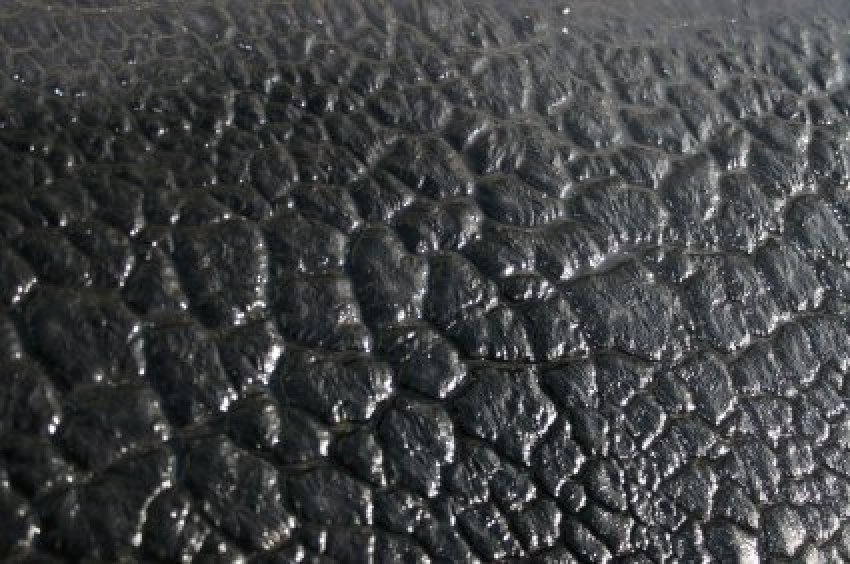How To Remove Tar From Aluminum Siding

Mix 1 3 of a cup of laundry soap and 6 gallons of water.
How to remove tar from aluminum siding. Scrub with siding brush. Butter works for disolving tar as well. Repeat as necessary until all of the sealant is removed. How to remove tar from siding without damaging the siding.
Steps to remove the tar. Use the sprayer wand to evenly disperse the tsp mixture all over that section of siding. Removing tar from house siding always do a test spot. Some of it dribbled down the side of the wall.
Make sure the aluminum siding is still wet from the rinsing step. If they can t replace just a few pieces due to color change they may have to reside the whole side of your home so it looks the same. If necessary allow the spray to set until the sealant begins to soften. We ll catch up with victor brown and michael mcmahon to see.
So test it first on a small area before you go crazy. Wxtv heads to the boston area to see how aluminum siding is removed and replaced without damage. If i were you i would have the roofing company replace the siding on your house where the tar is. I have a home that a previous owner used tar on the roof.
If your not careful your cleaner could melt the siding or fade the colouring of it. It s hard to see shotgun fungus itself because it s only 2 millimeters wide. Next wipe the area with a soft cloth to remove the tar. Let the cleanser sit for a couple minutes before scrubbing.
Clean the surface of the aluminum siding with a water sprayer. After a test area has shown no adverse effects apply the chosen product or lubricant to the tar. Begin by spraying the sealant with the tar remover following the manufacturer s guidelines. Mix baking soda and dish soap to form a paste.
Allow it to sit for several minutes to soak into the tar and loosen it from the surface. It s been there for years and i afraid to try to scrape or scrub it off for fear of damaging the siding. Also known as artillery or cannonball fungus sphaerobolus it uses internal water pressure to forcefully fire its spores similar to seeds up to 20 feet away the fungus sets its sights on bright areas so that means it will aim for any pale surface that reflects light such as the siding on your house.














































